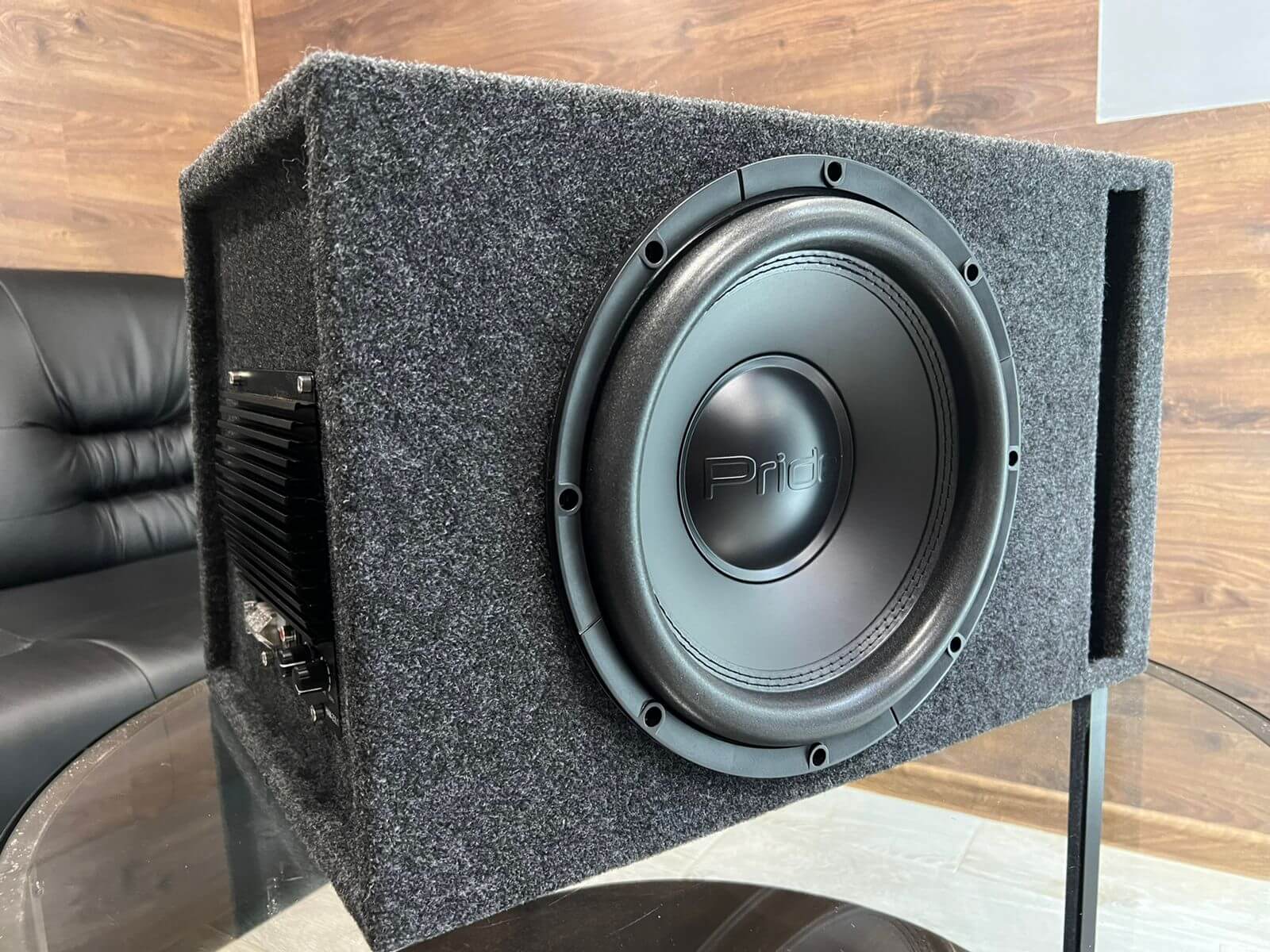Top 5 Mistakes When Choosing Car Audio Equipment: Common Pitfalls for Beginners and How to Avoid Them

When it comes to building a quality car audio system, many beginners often make avoidable mistakes that can lead to frustration, unnecessary expenses, and subpar sound performance. In this guide, we’ll explore the top 5 mistakes people make when choosing car audio equipment and provide tips on how to make smart choices for your car’s sound system.
1. Overlooking Compatibility Between Components
One of the most common mistakes beginners make is failing to check the compatibility of different audio components. Not all amplifiers, speakers, and subwoofers are designed to work together. For example, pairing a low-power amplifier with a high-powered subwoofer can result in poor performance and potential damage to the equipment.
How to avoid it: Always check the power ratings (measured in RMS) and impedance (measured in ohms) to ensure that your amplifier can drive your speakers or subwoofers efficiently. Match the equipment’s specifications to avoid underpowered or overpowered setups.
2. Focusing Too Much on Wattage
Another common pitfall is getting fixated on wattage numbers, assuming that more watts always mean better sound quality. While wattage does matter, it’s not the only factor that determines sound performance. High wattage alone won’t deliver better sound if the speakers are of poor quality or if the installation is poorly executed.
How to avoid it: Look at the overall sound system quality. Prioritize speaker sensitivity, build quality, and proper installation over raw wattage. A well-matched system with moderate wattage will often outperform a high-wattage system with mismatched components.
⠀3. Neglecting Soundproofing
Many beginners invest heavily in high-end speakers, amplifiers, and subwoofers but neglect one crucial aspect of achieving good sound: soundproofing. Without proper soundproofing, road noise and vibrations can ruin even the best audio equipment’s performance.
How to avoid it: Invest in sound-deadening materials such as foam or butyl-based sound dampeners. Installing these materials in key areas like doors, the roof, and the floor of your vehicle can drastically reduce outside noise and vibrations, leading to a clearer and more immersive sound experience.
4. Ignoring the Importance of Installation
Even the most expensive car audio components will fail to perform properly if not installed correctly. Poor wiring, bad grounding, or incorrect placement of speakers can lead to signal loss, distortion, and even damage to your equipment.
How to avoid it: If you’re not confident in your ability to install the system yourself, consider hiring a professional. If you do plan to install it on your own, carefully follow installation guides and invest in quality wiring kits. Proper grounding and placement are critical for maintaining sound clarity and protecting your investment.
5. Failing to Plan for Future Upgrades
Many beginners buy a complete car audio system without considering future upgrades. This can lead to difficulties when trying to improve sound quality down the line, as you may have to replace major components or deal with space limitations in your vehicle.
How to avoid it: Plan ahead by choosing equipment that allows for easy upgrades. For example, opt for an amplifier with more channels than you currently need or choose speakers that can handle additional power if you plan to upgrade your amplifier later. This forward-thinking approach will save you money and frustration in the future.
⠀
Choosing the right car audio equipment can be challenging for beginners, but by avoiding these common mistakes, you can build a system that delivers great sound without breaking the bank. Focus on compatibility, avoid obsessing over wattage, prioritize soundproofing, ensure proper installation, and plan for future upgrades to create a setup that will last and perform well.
